Border Rendering Modes
MotionBend 1.3.4 introduces a new border rendering mode, so let’s take a quick review of the different modes available.
In Natural rendering mode, the borders are visible when the video is stabilized:
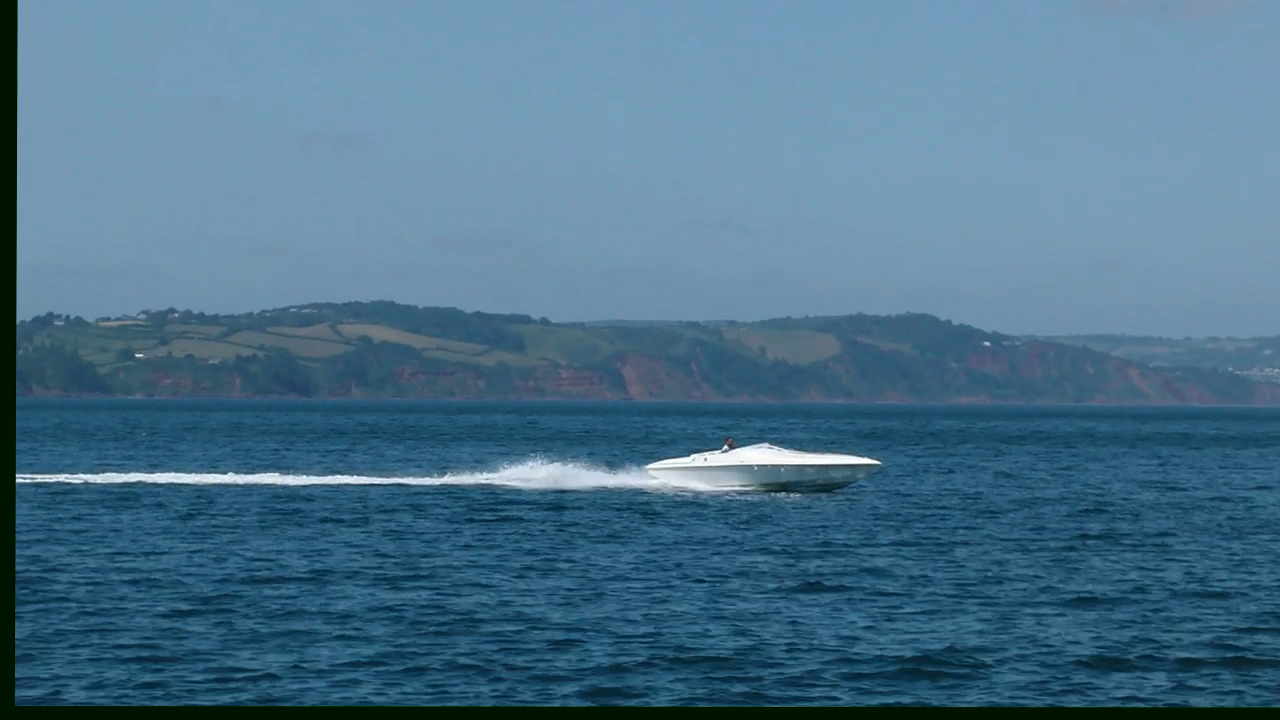
Natural Border Rendering
In this frame the visible border is quite small.
In Crop mode with the Center in Output option, the video has been cropped and centered so that the frame edges do not move:
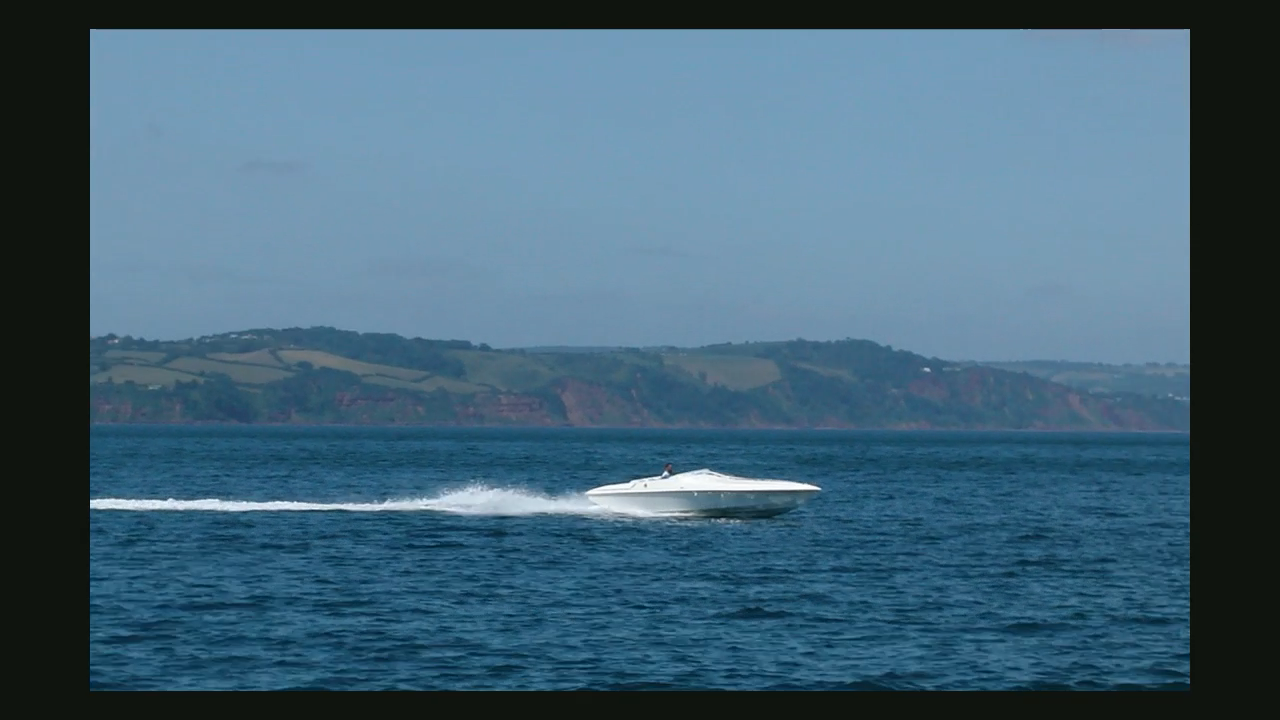
Center Crop Border Rendering
In this example, the video requires a lot of stabilization. Cropping has to cover the extremes of the frame motion over the whole video, this is why the border is much larger than the Natural mode example above.
In Crop mode with the Keep Aspect option, the cropped video has the same aspect ratio as the original video:
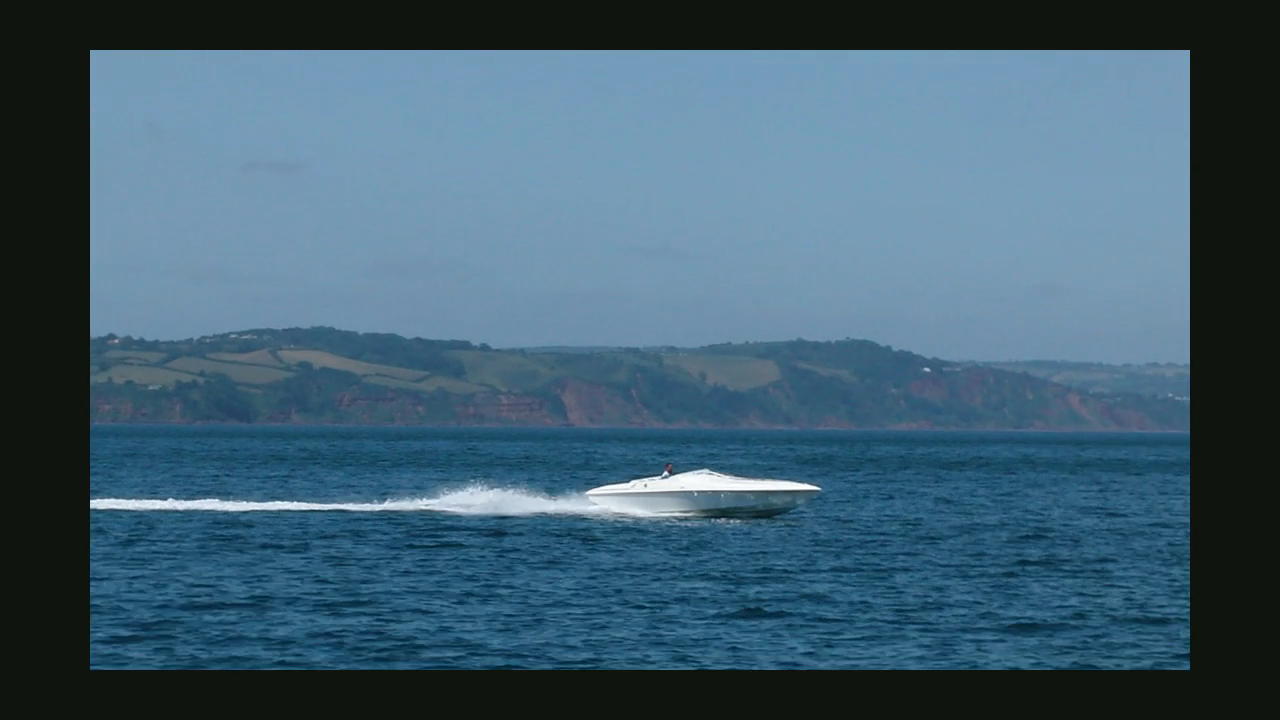
Crop Aspect Border Rendering
In Zoom mode with the Full Zoom option, the video is zoomed to hide all frame edges:
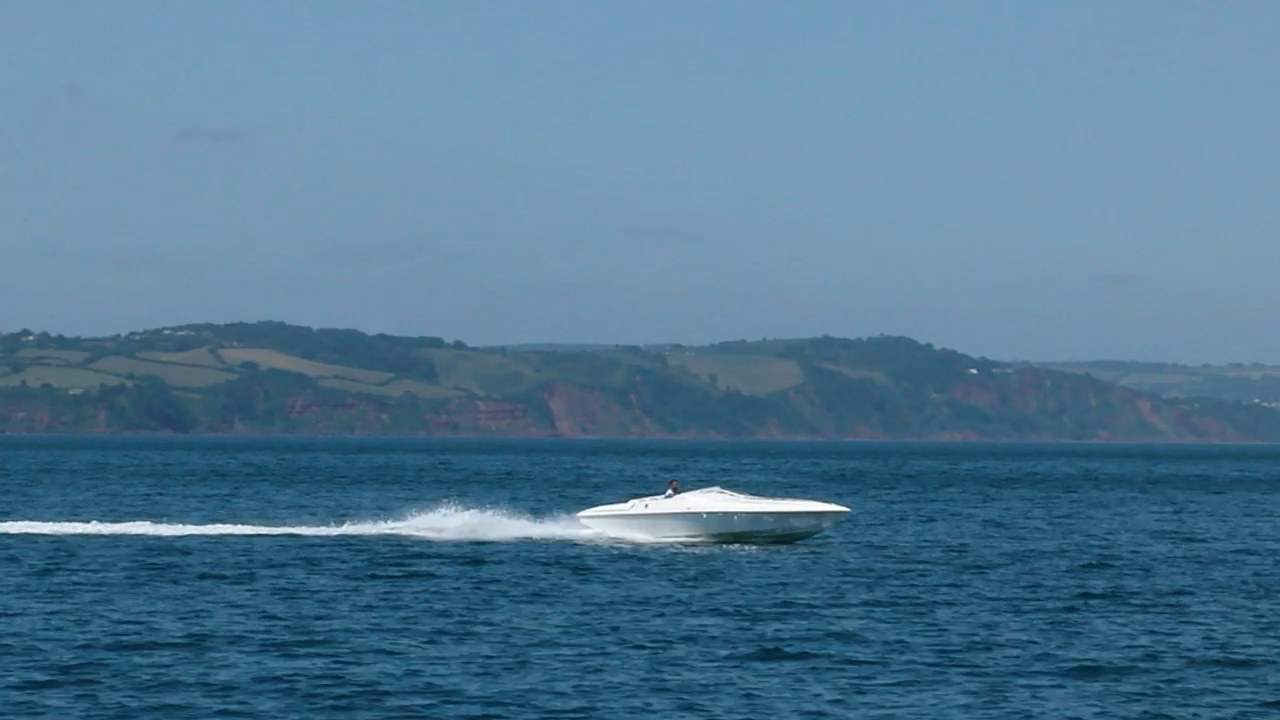
Zoom Border Rendering
The new mode in MotionBend 1.3.4 is Zoom mode with the Zoom to Fit option. The cropped frame is zoomed until it reaches the border:
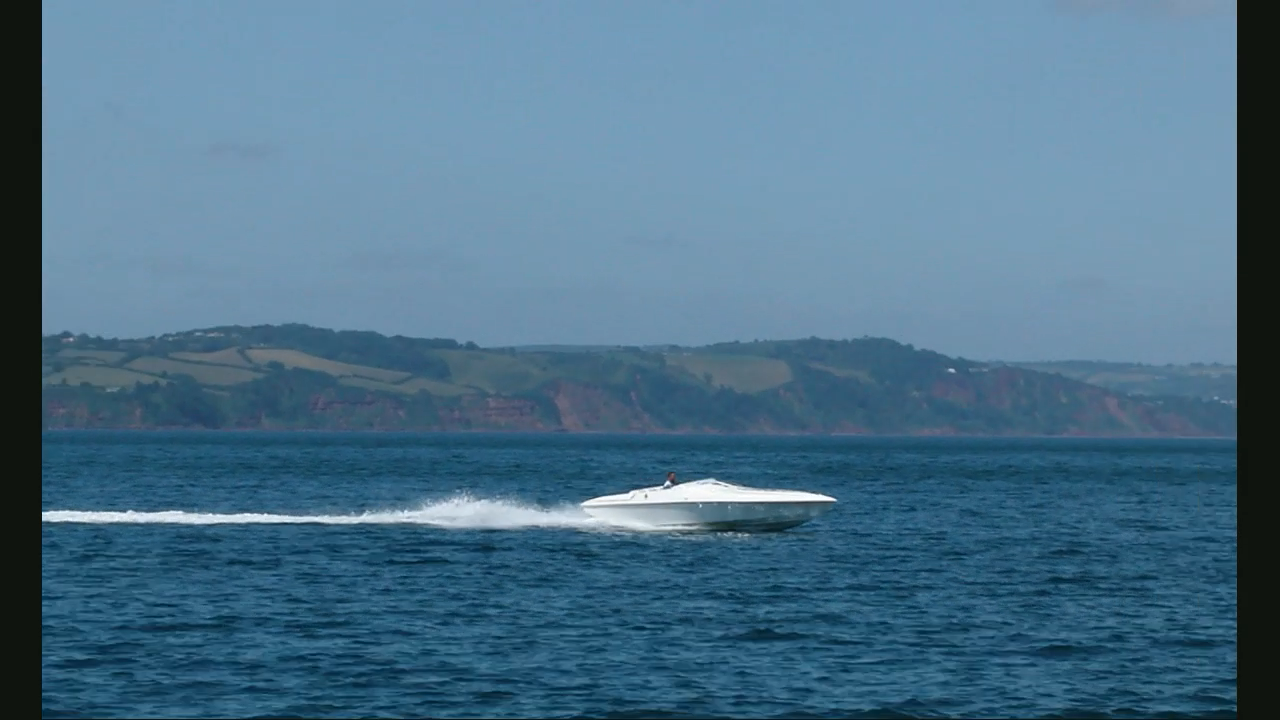
Zoom to Fit Border Rendering
Zoom to Fit results in pillar box black bars on the sides as in this example, but could give letter box if the motion had more correction in the other axis. The size of the black bars depends on the amount of stabilization required.
In Complete mode, the edges of the frame are filled with future and previous frames:
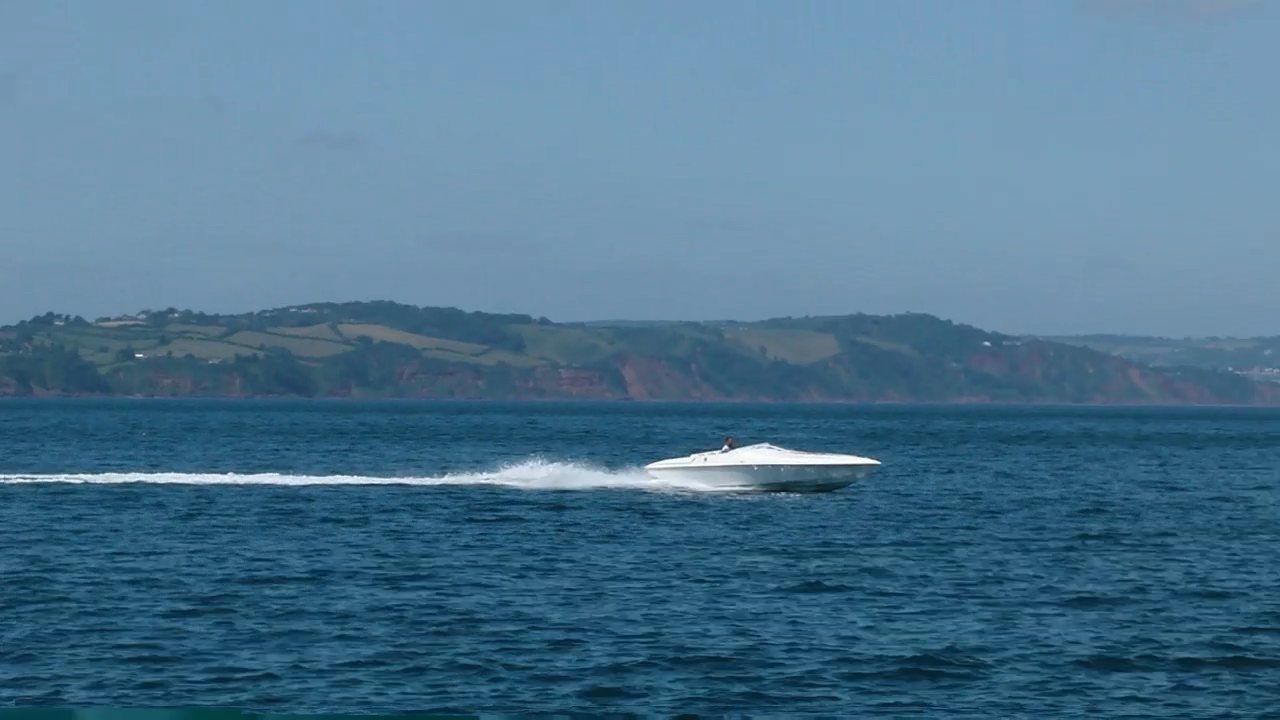
Completed Border Rendering
If there are no suitable frames for completing the border, MotionBend will try to extend the frame using the edge pixels of the video. In this example, most of the pixels were completed without requiring the border to be extended.